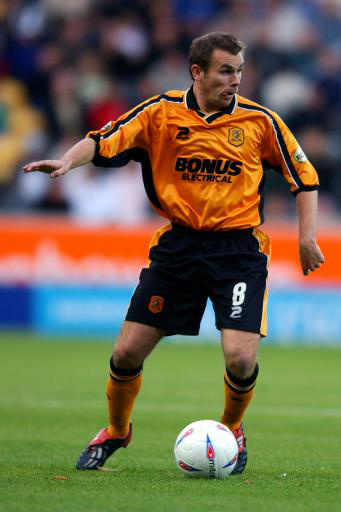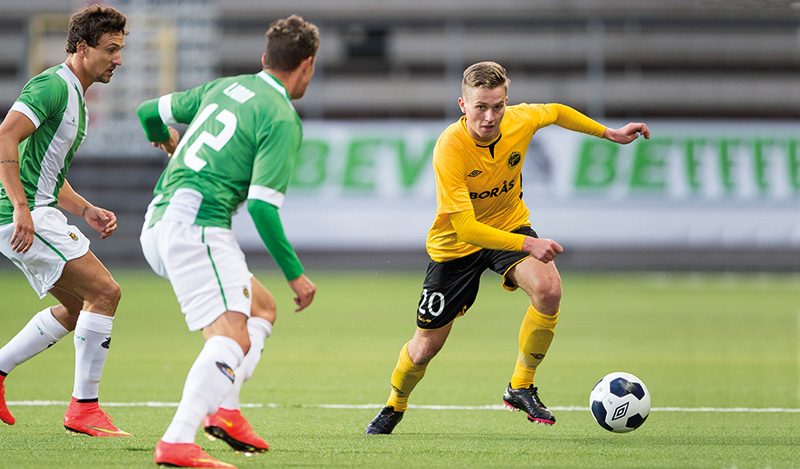What does a player look for in an artificial grass pitch ?
- 04/20/2020
Jamie Forrester, a former professional footballer, has joined CCGrass in 2019 as UK Business Development Manager. Recently, he interpreted his knowledge of artificial grass from the perspective of a professional footballer.
By Jamie Forrester
As a former footballer, my first experience playing on artificial grass was on the Preston North End main stadium pitch back in the mid 80’s, aged 13. It is clear to see that the surfaces back then were a million miles from the technologically advanced systems that are in use today.
Jamie Forrester – former professional player
From community level for midweek 5-a-side matches, up to elite level football stadia pitches, artificial grass pitches are everywhere. So what does a player look for and want from an artificial pitch?
This mindset can vary depending on the level of the player.
- The recreational player wants to know that they are guaranteed a decent pitch to use when they turn up to play.
- The amateur player looks for a better quality surface to train on regularly in the evening throughout the season and play matches on occasionally.
- And the elite level player wants something akin to Wembley!
However, to generalise across the three player profiles as mentioned above, there are similar characteristics that they all think about, when first reviewing an artificial pitch;
- The need to adjust to the consistent ball speed as the roll on artificial pitches may be different to natural turf at that time of the season.
- The way in which the ball runs true when passed on the ground, again will often be more consistent.
- From a safety perspective, the firmness of the pitch underfoot and foot/ground interaction.
Players need to be assured that:
- The ball will travel fast enough (but not too fast).
- The ball will run true along the ground without bobbling and be realistic when bouncing.
- Underfoot the feel is not too hard to incur injuries relating to the surface.
One perception people may make is to compare artificial grass to the natural grass presented at the start of the season. To get a full appreciation of playing on artificial grass, we need to factor in the quality of natural pitches over the whole year. For clubs playing lower down the non-league pyramid, natural grass will last only until September or October, at which time we see the eradication of the pitch; sparse areas of grass, wet and sometimes waterlogged pitches for the next 5 or 6 months.
Therefore for the vast majority of the season we see poor, inferior playing surfaces; and that is when the matches are actually passed as playable!
At elite level (lower EFL and National League level) the length of time where pitches are subordinate can be shortened, but even some of these clubs have natural grass pitches that are vastly inferior for a lot of the year.
Top level football on synthetic turf
Throughout my career and into retirement, where I play 5-a-side recreational football, I have trained and played on the full range of artificial pitches. Little did I know what consideration, technical know-how and new up-to-date technology actually goes into constructing advanced football pitches and systems, to replicate natural grass. This includes:
- Different types of sub-bases beneath the pitch surface.
- Different amounts and types of infill products.
- Different thickness, weight, height and shape of artificial grass yarns, in a variety of different density turfs.
I believe that if players are to better understand what is involved in artificial pitches and their systems, and to compare modern artificial grass to natural grass throughout the wet, winter months, then we would see many more players embrace artificial pitches, and consider them an integral part of the game.





